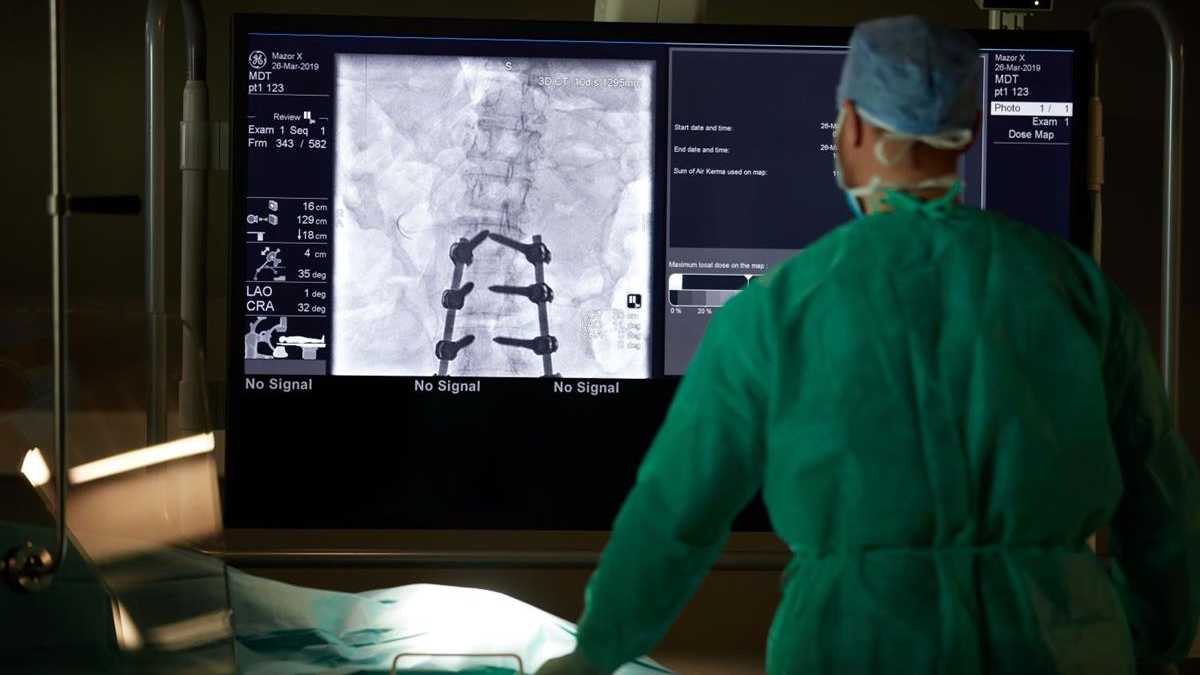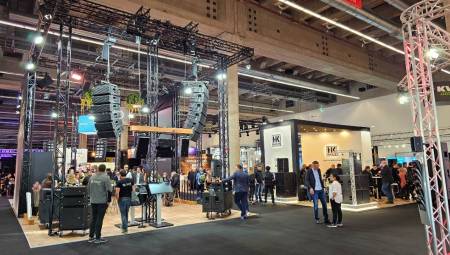 Latin America. Optimizing the workflow in operating rooms is not an easy task, to achieve this it is necessary to have the right devices to improve the quality of the image in surgeries and offer patients better results. 3D imaging is a great advantage for minimally invasive surgery, but it can be annoying when used for extended periods.
Latin America. Optimizing the workflow in operating rooms is not an easy task, to achieve this it is necessary to have the right devices to improve the quality of the image in surgeries and offer patients better results. 3D imaging is a great advantage for minimally invasive surgery, but it can be annoying when used for extended periods.
Before integrating 3D images in an operating room, it is important to know all the corresponding details, technological advances, the growing demand for hospitals with modern equipment and the possibility of solutions that offer their integration, since it provides greater precision with 3D images. Barco expert Francisco Fandiño, Latin America Sales Director, explains how this technology works:
"The human eye has the ability to perceive only 2D images, so to create a depth effect, it is necessary to make an optical illusion with the combination of two 2D images, one for each eye, since the brain combines them, you get the impression of seeing an image with depth. With this technology, the patient can be offered a minimally invasive surgery that results in less physical impact. For this it is important that the images that are used in 3D are reliable, with a latency close to zero and without artifacts; in turn, both eyes must be calibrated so that any visual discomfort that could affect the time of performing an operation is reduced," said Francisco Fandiño, Director of Latin America Sales at Barco.
In this regard, the specialist lists the three key points that must be taken into account in the use of 3D images for operating rooms:
1. Viewing Angle: Refers to the viewing space shown on a screen, both horizontal and vertical, the union of images for both eyes can be seen on the screen through the use of 3D glasses.
2. Crosstalk: This is the incomplete isolation of the left and right channels, and how these can cause a phantom effect on each other; it is represented through a percentage indication that must be set below 7% that serves to keep visual discomfort to a minimum.
3. Flexibility: While it is true that not all procedures need 3D technology, the transition from conventional to new resources can be gradual, however, having this technology at hand allows to improve the vision of the studies that have been carried out and will be carried out. Studios placed in a flexible OR over IP system support 3D images and can process multiple 3D standards, plus multiple interfaces and automatically translate a source video into 2D and 3D.
Adopting these new measures in the operating rooms will be necessary to venture into the trends of digital transmission in 3D, through its design focused on the capacity of the doctor, it is possible to guarantee the patient greater comfort and accurate results when performing operations in three dimensions
"A hospital's commitment to diagnostic imaging promotes exceptional medical care that benefits both patients and medical specialists. Image quality and compliance are critical to achieving a reliable and ultimately successful diagnosis." Therefore, it is necessary to have a technological infrastructure that is able to identify the most subtle details to help in accurate detection at early stages.
An important aspect that as radiologists and patients we should know is that, in digital images of the breasts, the quality of the medical screen has a direct effect on the result of the study. The brightness of the screen and the resolution defined in megapixels are the most influential factors in the diagnostic interpretation, said the specialist. And he says there's plenty of room for 1-, 2- or 3-megapixel monitors in the breast imaging system, "but when it comes to the act of detecting and diagnosing breast exams, the standard is a minimum of 5 megapixels."
According to a study conducted by Barco on the importance of image quality, 200 radiologists in America and Europe commented on their interpretations, of which 91% believe that image quality is the most important and most impactful aspect of visualization in reading mammograms, while 70% consider that image ergonomics is essential to provide an accurate diagnosis.
Among the most important challenges around the fight against breast cancer, is the reduction of false negatives and generate an accurate diagnosis, for this reason it is essential that as doctors and patients we become aware of demanding quality monitors for the study, since 70% of diagnostic errors in radiological interpretations, are perceptual in nature, that is, the radiologist does not "see" the abnormality on the imaging examination.
The fight against breast cancer is everyone's task, therefore, within the framework of the pink month, it is necessary to identify ways to mitigate the damage caused by this disease, although self-exploration is the first step to detect it, having quality monitors in the health sector is a key piece to generate accurate and reliable diagnoses.















